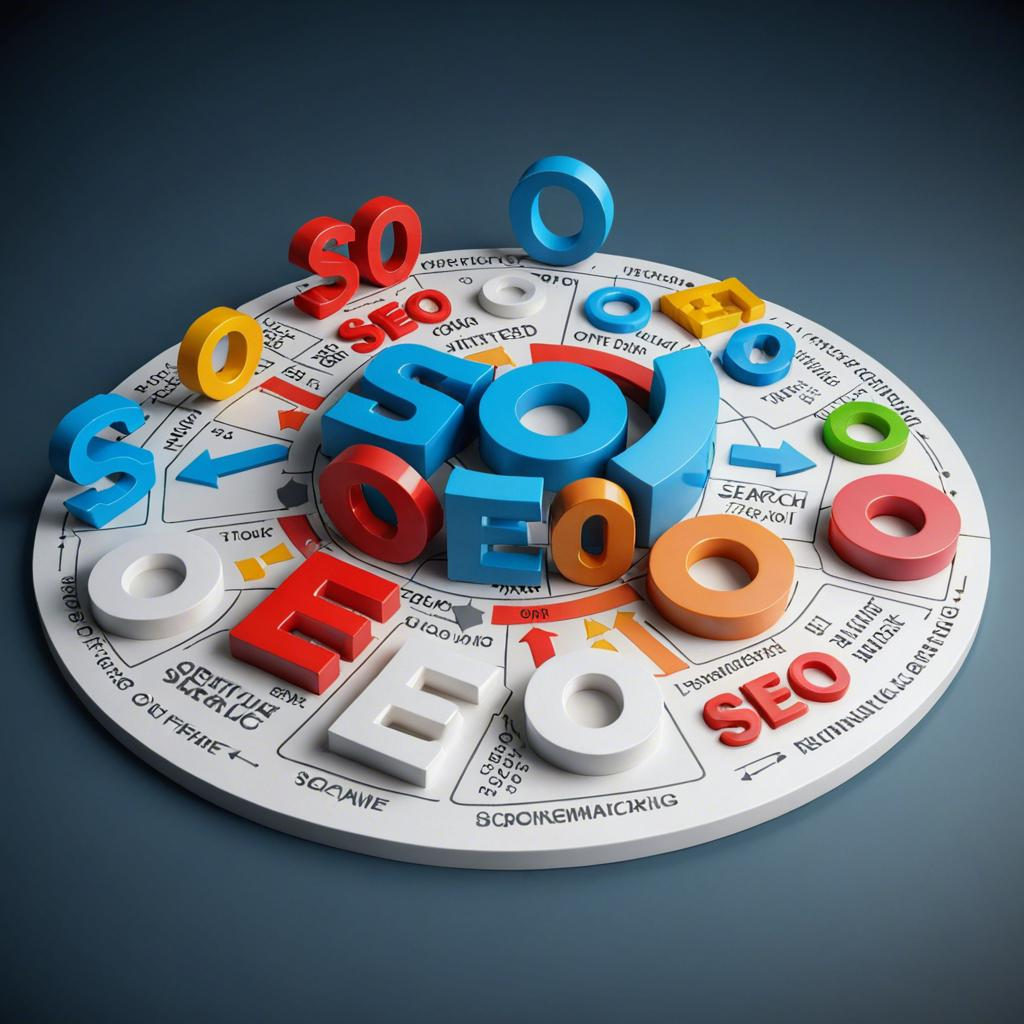How to Create a Mobile App for the Nonprofit Sector
In today’s digital era, nonprofit organizations are increasingly relying on technology to extend their reach, engage supporters, and streamline operations. One of the most effective ways to achieve this is by developing a mobile app. A mobile app provides nonprofits with an innovative way to connect with their audience, raise funds, increase awareness, and make their services more accessible. However, creating a mobile app for the nonprofit sector requires careful planning, thoughtful design, and the right development expertise. This is where mobile app developers play a critical role. In this blog, we’ll explore the steps involved in creating a successful mobile app for nonprofits, while highlighting the importance of collaborating with skilled mobile app developers.
Identifying the Purpose and Goals of the App
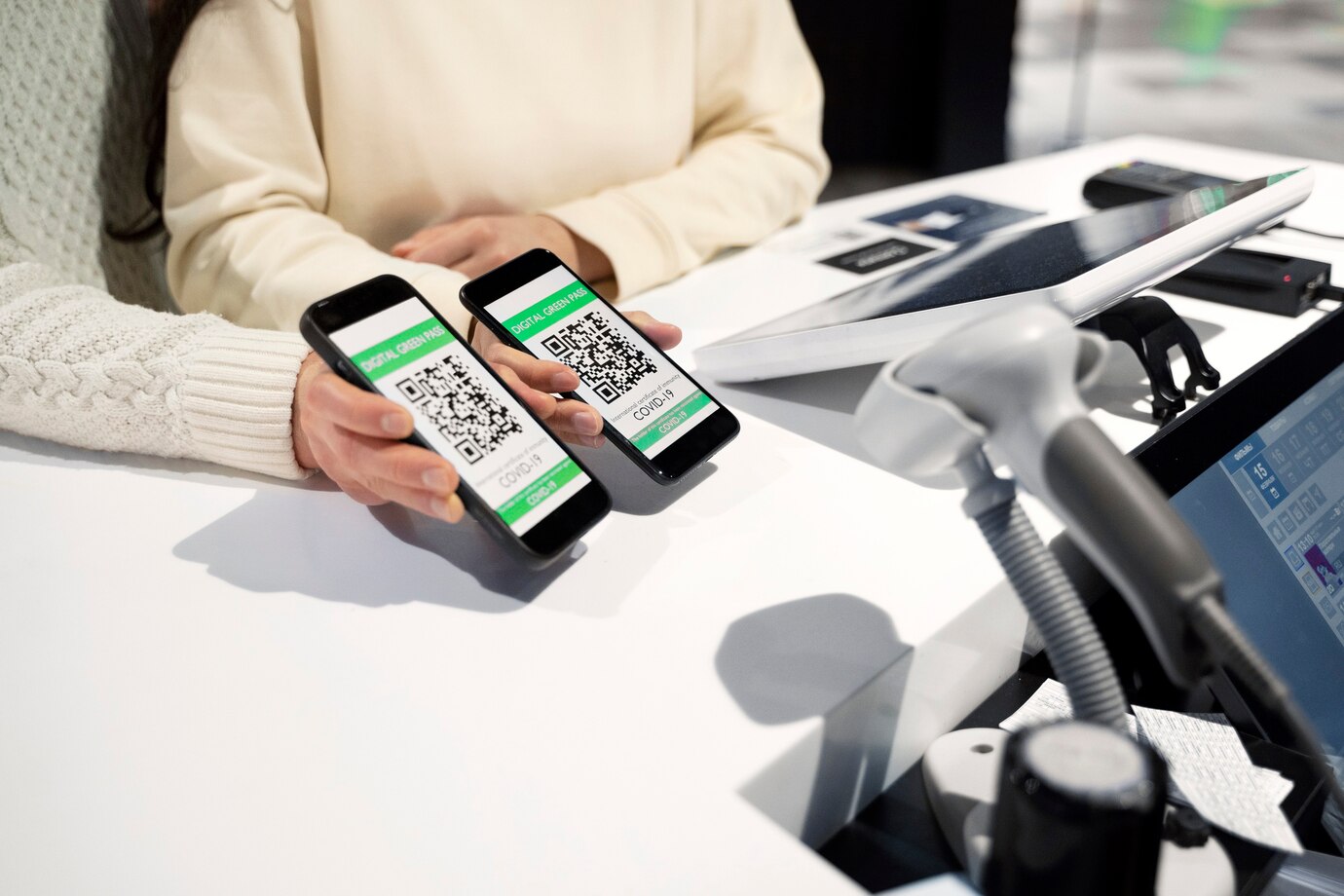
The first step in the process of developing a mobile app for a nonprofit organization is identifying the app’s purpose. Nonprofits need to carefully consider what they aim to achieve through the app. Some common goals include improving donor engagement, providing easy access to educational resources, enabling event registration, or even facilitating volunteer sign-ups. By clearly defining the purpose, nonprofits can ensure that the app aligns with their mission and serves a practical function for their audience.
For instance, an app designed to support a charity focused on animal welfare may prioritize features like pet adoption applications, donation options, or alerts about upcoming fundraising events. On the other hand, a health-related nonprofit may focus on providing access to resources, tips, and ways for supporters to connect with others facing similar health challenges.
Once the purpose is determined, nonprofits can then identify key features and functionalities that will support these goals. These could include push notifications, in-app donation forms, event calendars, or social media integrations. Collaborating with mobile app developers during this phase can help bring these ideas to life and ensure they align with technical capabilities.
Understanding the Audience

Nonprofit apps are often developed with specific target audiences in mind. Understanding the needs and preferences of this audience is critical to creating an engaging and user-friendly experience. For example, if the nonprofit serves older adults, the app must prioritize accessibility, with clear navigation, larger fonts, and easy-to-use features.
It is also important to consider the technology that the audience uses. Are they primarily using Android devices, iOS, or a combination of both? What are their internet capabilities, especially in regions with limited access to high-speed connections? This research will inform decisions about the app's design, platform choices, and features that work well on different devices.
Working with mobile app developers who have experience in creating user-friendly apps for diverse audiences will help ensure the app is intuitive, accessible, and optimized for the target demographic.
Choosing the Right Technology and Platform
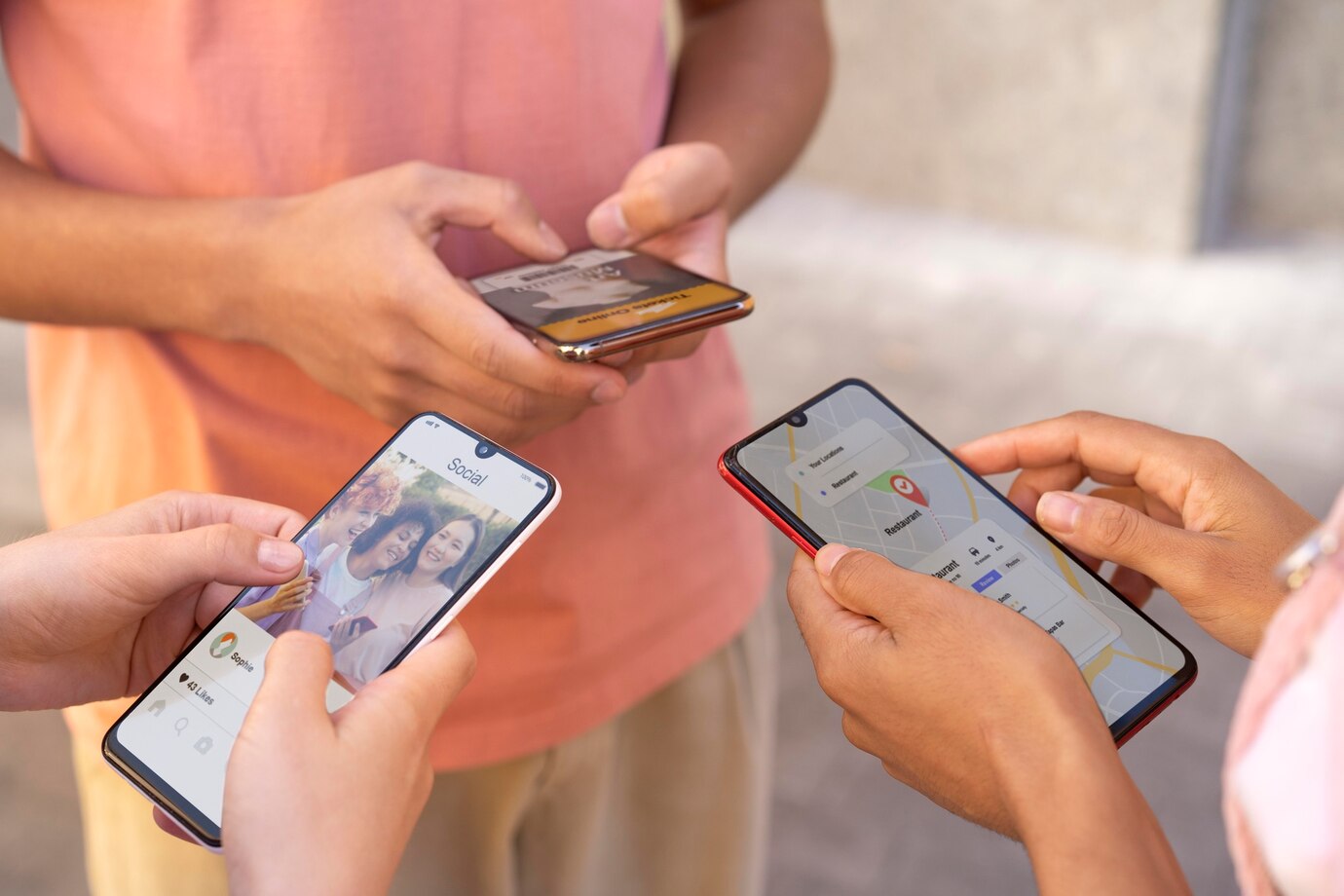
When developing a mobile app for a nonprofit, one of the key decisions is choosing the right technology stack and platform. Nonprofits must decide whether to develop a native app for iOS, Android, or a cross-platform app. Native apps are tailored for specific platforms, providing superior performance but can be more expensive to develop and maintain. Cross-platform apps, on the other hand, allow for a wider reach but may come with limitations in terms of performance and device-specific functionalities.
Mobile app developers can help nonprofits make an informed decision based on their target audience, budget, and long-term goals. Developers can also ensure that the chosen platform is scalable and flexible enough to accommodate future updates, new features, and growing user numbers.
Designing for User Engagement
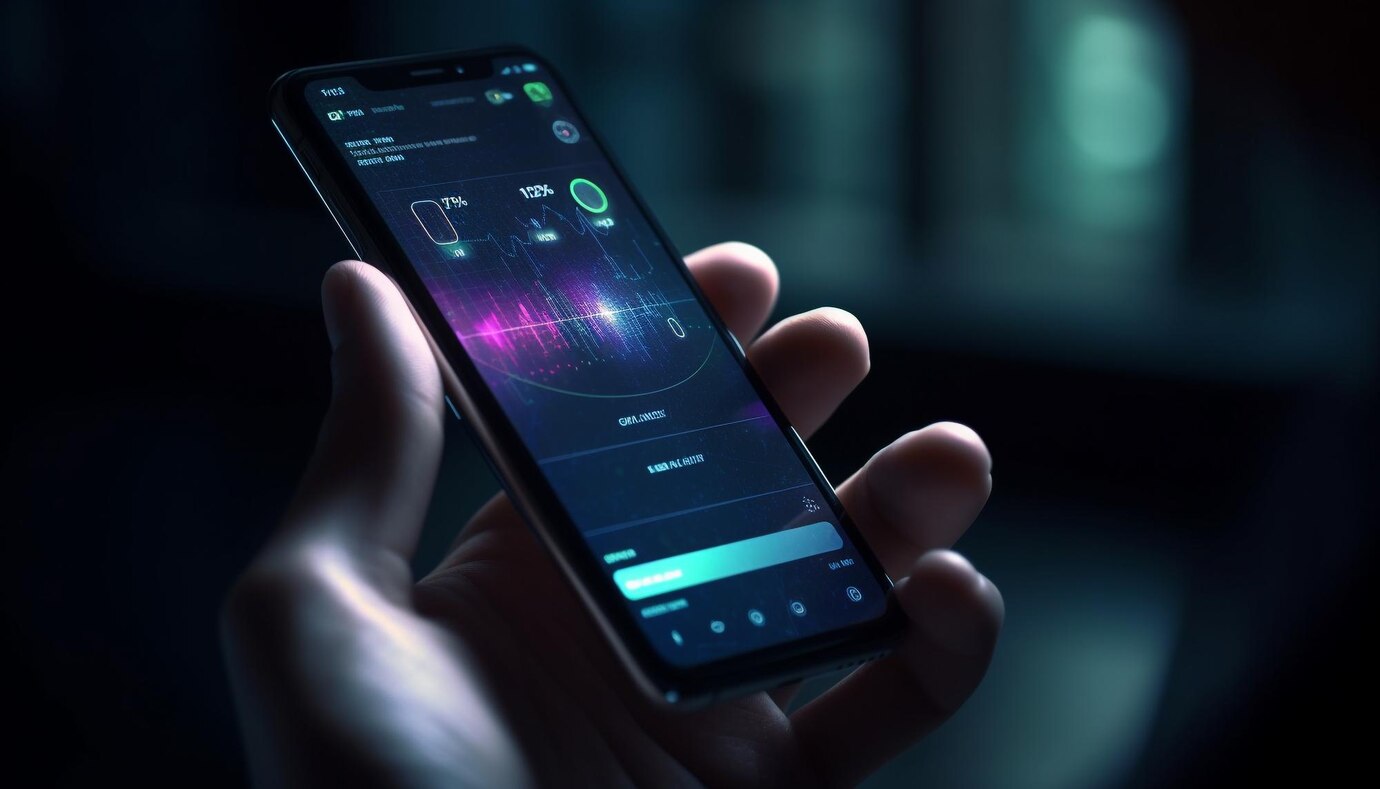
For a nonprofit app to be successful, it must be engaging and easy to use. A complicated or cluttered design can quickly turn users away. Therefore, simplicity and functionality should always be prioritized in the design phase. The user interface (UI) should be intuitive, with easy-to-understand icons, a clean layout, and a seamless navigation flow.
User experience (UX) is equally important. The app should offer quick access to key features like donation options, event schedules, and educational content. A seamless donation process, for example, can significantly improve user engagement and make it easier for supporters to contribute to the cause.
To achieve this, nonprofit organizations should collaborate with mobile app developers who specialize in both UI and UX design. A well-designed app can ensure users return and become more active in supporting the nonprofit.
Integrating Donation and Payment Systems
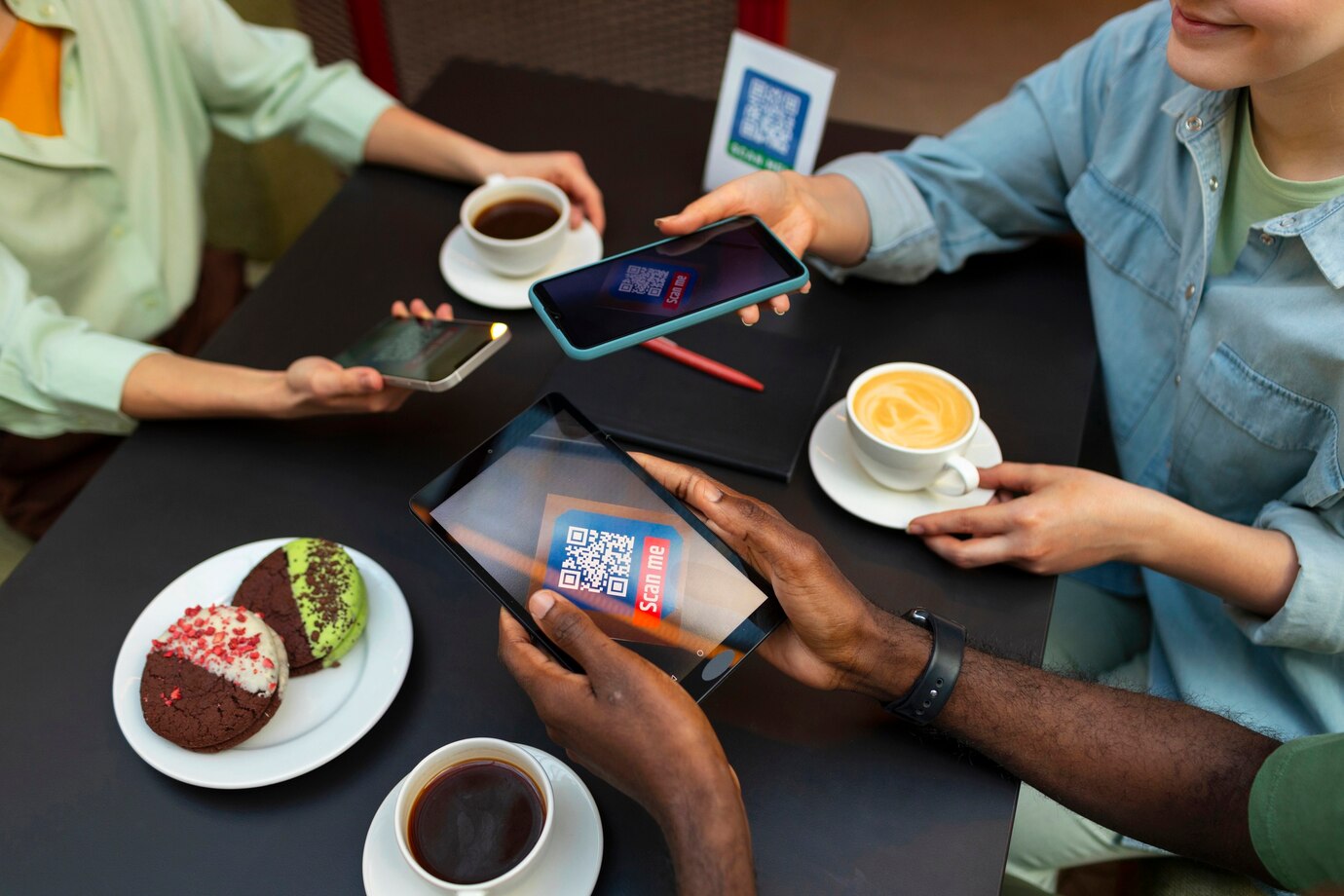
For many nonprofits, fundraising is a central function, and the mobile app must facilitate seamless donations. Integrating a secure, easy-to-use donation system is crucial for both donors and the nonprofit organization. The app should offer various payment options, such as credit cards, PayPal, and other digital wallets, to cater to a wide range of supporters.
In addition to in-app donation forms, developers can integrate recurring donation options, allowing users to set up regular donations. This feature is especially important for nonprofits that rely on long-term support from their donors.
Security is another major consideration when developing the donation system. It is essential to ensure that payment data is encrypted and that the app complies with industry standards for data privacy.
Testing and Launching the App
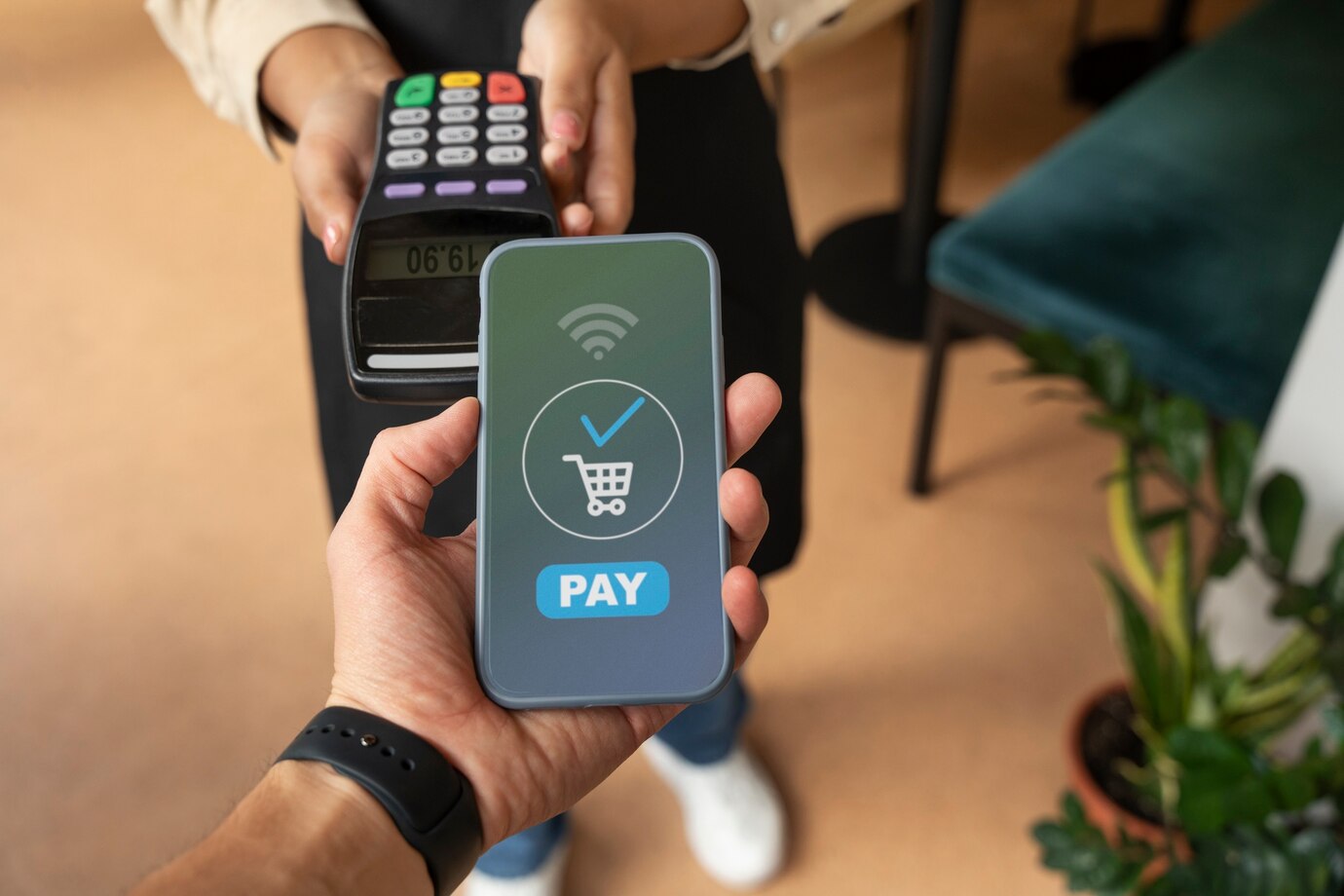
Once the app has been developed, it is time for rigorous testing. Mobile app developers will conduct testing to identify any bugs, performance issues, or usability concerns. Testing should include a range of devices and operating systems to ensure the app functions smoothly across different platforms.
Feedback from early users can also be invaluable during this stage. A group of volunteers, donors, or supporters can be asked to test the app and provide feedback on its functionality and usability. Based on this feedback, developers can make necessary adjustments before the official launch.
The launch of the app should be accompanied by a marketing strategy to inform the nonprofit’s supporters about its availability. Social media, email campaigns, and the nonprofit’s website can all be used to promote the app and encourage downloads.
Maintenance and Updates

Developing a mobile app for a nonprofit is not a one-time effort. Ongoing maintenance and updates are essential to keep the app functioning well and adapting to the needs of users. Regular updates can include new features, improved security, and bug fixes. Nonprofits should continue to collaborate with their mobile app developers to ensure the app stays relevant and functional over time.
It’s also crucial to gather feedback from users on an ongoing basis to refine the app’s features and enhance the user experience. An app that evolves with the needs of its audience will continue to be a valuable tool for the nonprofit organization.
Eco-Friendly Development
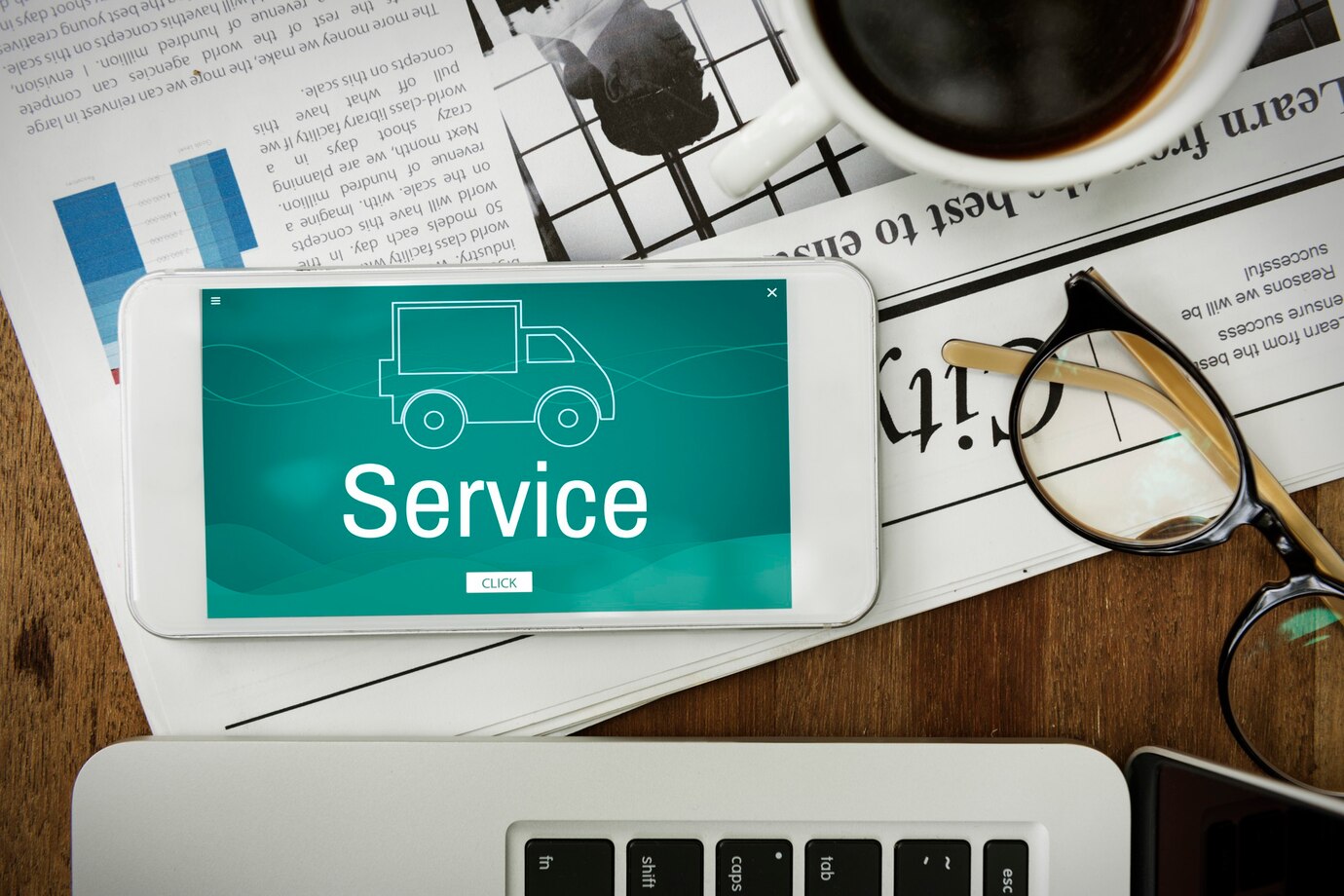
In an age where sustainability is a growing concern, PhoneGap’s ability to streamline development aligns with eco-friendly practices. By minimizing redundant code and resource usage, it reduces the overall energy consumption associated with app development. Mobile app developers adopting PhoneGap contribute to a more sustainable development ecosystem, making it a responsible choice for forward-thinking teams.
Conclusion

Creating a mobile app for the nonprofit sector offers numerous benefits, including increased engagement, streamlined operations, and improved donor relations. However, it requires a thoughtful approach, a deep understanding of the audience, and collaboration with skilled mobile app developers who can bring the vision to life. By following these steps, nonprofits can create an app that not only supports their mission but also strengthens their connection with supporters and donors in an increasingly digital world.


